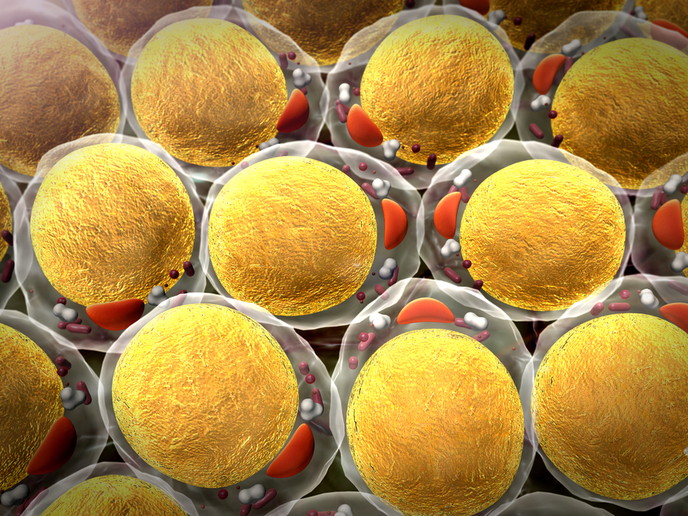‘Favourable adiposity’ already exerts its influence in childhood, study finds
The popularisation of the term ‘obesity’ can easily make us forget about the complexity of the condition. For example, it is generally acknowledged that obesity increases the risk of cardiometabolic diseases. But while this may be true, this link has recently revealed itself not to be absolute. “Not all individuals with obesity have cardiometabolic comorbidities – some are ‘metabolically healthy’,” explains Dr Tuomas Kilpeläinen, associate professor at the Novo Nordisk Foundation Centre for Basic Metabolic Research. “Conversely, some individuals with normal weight develop a ‘metabolically obese’ cardiometabolic risk profile.” In other words, a normal body weight doesn’t rule out the possibility of sharing the same risk profile as a patient with obesity. Do multiple genetic variants hold the key? To this day, the mechanisms underlying these atypical profiles have remained poorly understood. But researchers are getting there. Recent work has unveiled multiple human genetic variants associated with higher adiposity combined with a healthier cardiometabolic risk profile. These findings suggest that innate biological mechanisms have an important role in the development of the ‘metabolically healthy obese’ and ‘metabolically obese with normal weight’ phenotypes. They also provided a starting point for research under the Child-MHO (Genetics of metabolically healthy obesity (MHO) and metabolically unhealthy normal weight (MUNW) in children, and the childhood predictors of adulthood MHO and MUNW) project, which was undertaken with the support of the Marie Skłodowska-Curie programme. As Dr Kilpeläinen points out, the discovery of novel genes, proteins and pathways uncoupling adiposity from higher cardiometabolic risk is a game-changer. It sheds light on the condition’s underlying biology and opens avenues for developing new treatments against obesity-related cardiometabolic complications. But there is one thing we still don’t know about the so-called ‘favourable adiposity’: how early it arises in the patient’s life. “It is important to find out whether the genetic influences favouring higher adiposity but a healthier cardiometabolic profile, or vice versa, are already present in childhood. Such knowledge provides further insight into obesity’s underlying biology and gives possibilities for early identification of individuals who are at highest risk of cardiometabolic disease if gaining weight. This may even help in developing novel treatments and designing appropriate weight-management interventions,” Dr Kilpeläinen explains. Identifying early-life factors To lift the veil on this early existence, Dr Kilpeläinen and his team used the recently discovered genetic variants. They also took advantage of long-term follow-up data from childhood to adulthood to identify early-life factors that predict the development of a normal-weight yet ‘metabolically obese’ phenotype. Finally, they used data from several European child cohorts in these analyses. All this work led to the confirmation that the genetic predisposition to increased adiposity but favourable cardiometabolic profile indeed exerts its influence already before puberty. “This association pattern is reflected by a favourable change in body fat distribution,” says Dr Kilpeläinen. “We also found that an increase in adiposity from childhood to adulthood is a strong predictor for the development of a normal-weight but ‘metabolically obese’ phenotype. This suggests that weight gain can be detrimental to cardiometabolic health even among individuals who retain normal weight.” The findings of Child-MHO may help in identifying children who are most prone to developing cardiometabolic impairments as they gain weight. The project’s results also highlight the importance of early weight management through a healthy lifestyle in children, in particular those with a tendency for abdominal adiposity. “We hope our research will support ongoing efforts to develop better treatments and preventive measures against obesity-related cardiometabolic comorbidities,” Dr Kilpeläinen concludes.







